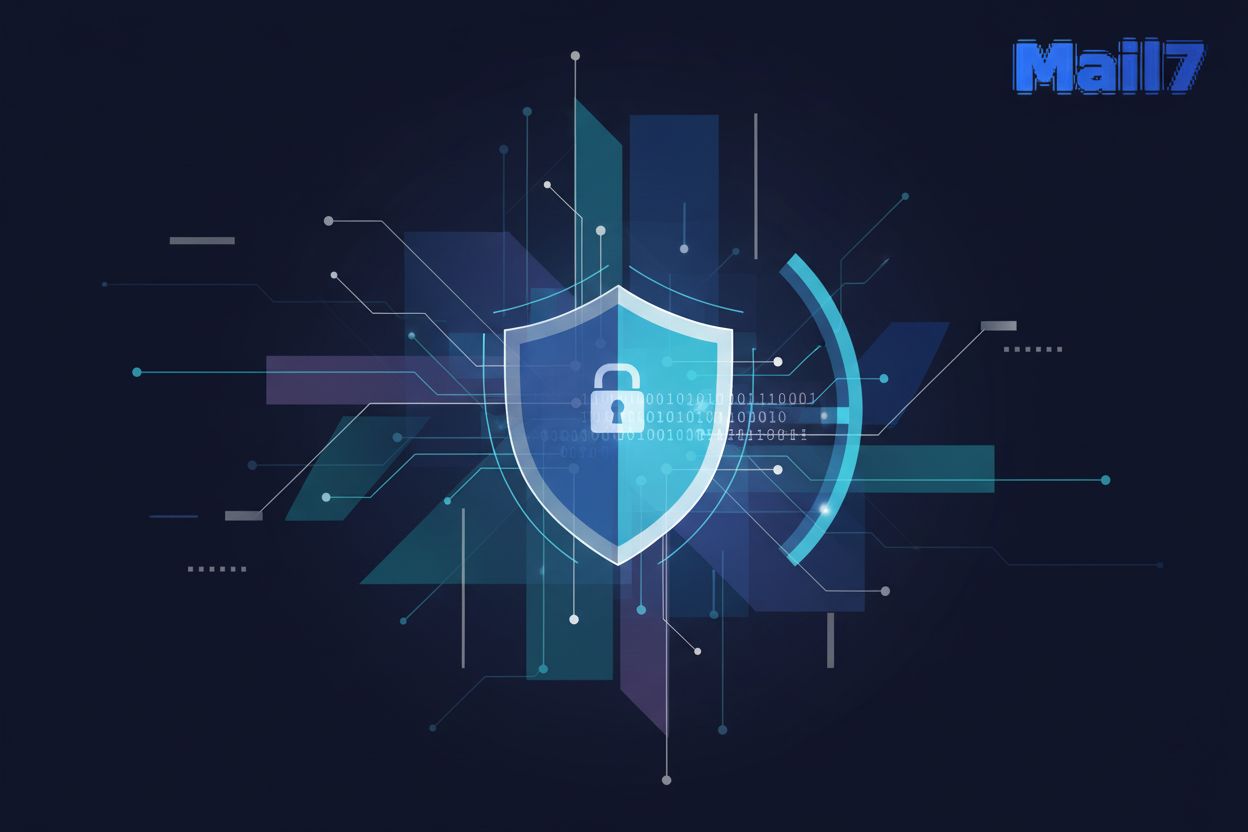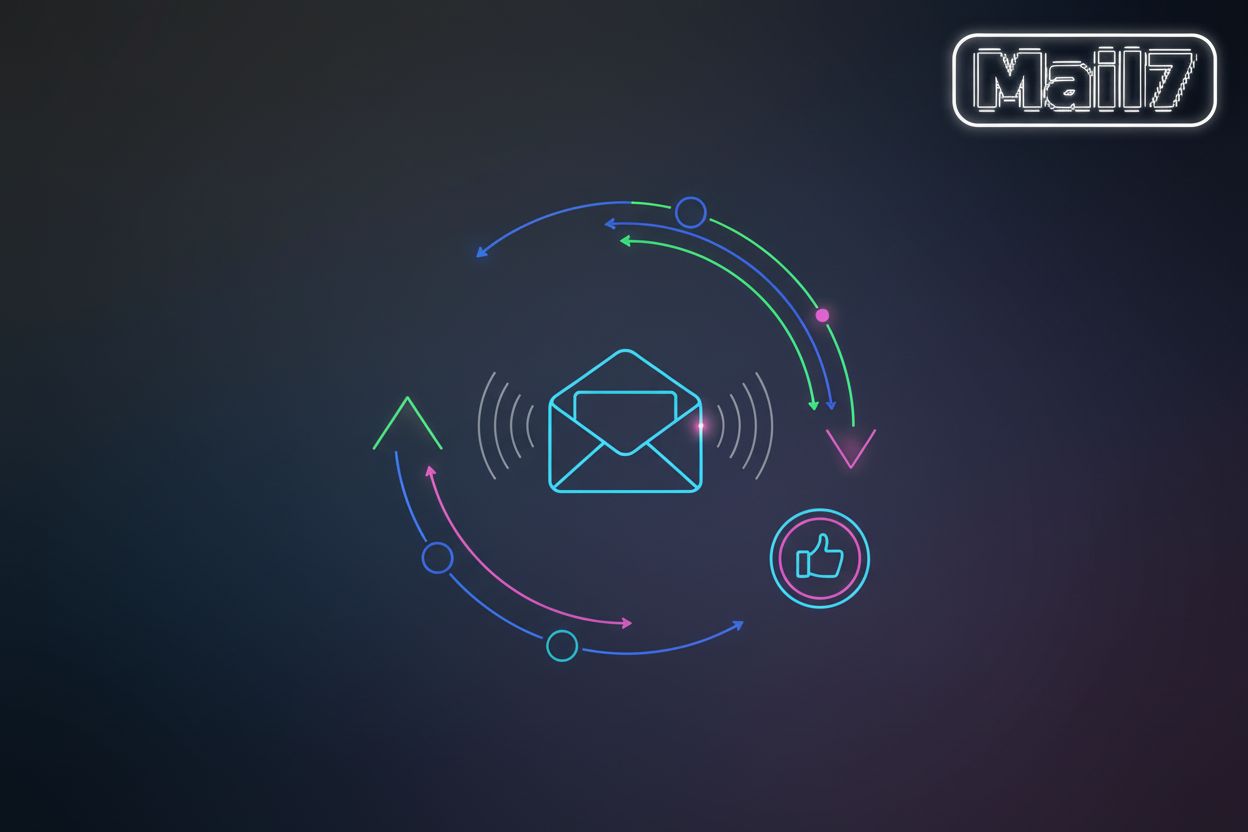Understanding Directory Harvest Attacks
TL;DR
What is a Directory Harvest Attack (DHA)?
Ever wondered why your inbox is suddenly swamped with junk? It might be a directory harvest attack (dha), and it ain't pretty.
These attacks are basically fishing expeditions, but for email addresses. Here's the gist:
- Spammers try tons of email combos at a domain. Like, a lot.
- They're hunting for active addresses; the ones that don't bounce back.
- The goal? To build lists for spamming or, worse, phishing.
- This can overload your inbox, and you might miss important stuff.
Think about it like this; bad actors are tryin' to find any open door they can. To really get a handle on how they do it, let's dive deeper into how these attacks works.
How Directory Harvest Attacks Works?
Okay, so you're probably wondering how these directory harvest attacks actually work, right? It's not just random guessing, though there's definitely a bit of that involved.
Here's what these bad actors typically do to figure out which email addresses are legit:
- They guess common usernames. Think "john," "sarah," "info"—the super obvious ones. 'Cause, like, why not start there, right?
- Then comes the permutations game. "john.smith," "jsmith," "johns"—mix it up, see what sticks. It's honestly kinda tedious, but hey, they're the ones doing it.
- And of course, the departmental addresses can't be forgotten. You know, "info@," "sales@"—the usual suspects.
- Finally, they use email-generating programs to go crazy and create like, a million different combos.
They're not just throwing darts in the dark; they're watching to see what sticks. They often do this by sending a test email to a guessed address and then observing the server's response. A valid response, or no bounce-back, indicates the address is likely active.
Why DHAs Are a Problem for Businesses
Directory harvest attacks, or DHAs, they're not just a minor annoyance, alright? They can seriously mess with a business's day-to-day, and can causes real headaches.
- Inbox Overload: Imagine sifting through hundreds of spam emails just to find that one important message from a client. It's like finding a needle in a haystack. The potential to miss critical communications is defintely real.
- Bandwidth Hog: All that spam? Yeah, it eats up bandwidth, which costs money and slows things down. Plus, think of the time wasted just deleting stuff!
- Phishing Risks: With more spam comes more phishing attempts. Employees might accidentally click on a malicious link, and boom—data breach!
DHAs are a problem that can impact operations. Now, let's get into how to protect yourself against this mess.
Practical Steps for dha Prevention
DHAs are annoying, right? Like a persistent mosquito in your inbox. But there are ways to fight back without needing a swat team.
Here's some practical steps you can take to make life harder for those pesky spammers:
- Get creative with email formats. Instead of the usual "[email protected]", try something less obvious, like "[email protected]" if John joined in '19. It's a small change, but it throws a wrench in their guessing game.
- Fake 'em out with false non-delivery reports (ndrs). Make the spammers think the email address doesn't exist. An anti-spam application can help generate these fake NDRs, making the spammer believe the address is invalid, thus removing it from their active list.
- Consider disabling ndrs altogether. This is kinda risky, 'cause legit senders won't know if their emails went through. But hey, fewer reports flying around means less info for the bad guys. The major downside is that legitimate senders won't be notified of delivery failures, which can hurt sender reputation and make it harder to troubleshoot email issues.
- Turn off delivery receipts. It's a simple way to save bandwidth and resources. Clarify how turning off delivery receipts helps prevent DHAs: spammers might use delivery receipts to confirm address validity. By disabling them, you remove one avenue for them to verify their guesses. Just be aware that people won't get confirmation that their messages were delivered.
It's all about making their lives harder, one step at a time. Next, we'll look at more advanced techniques.
Advanced Techniques and tools
So, you wanna step up your dha game? Turns out, there's some pretty slick ways to centrally manage your defenses.
- One way is by implementing a centralized dha rbl server. An RBL, or Real-time Blackhole List, is essentially a shared database of IP addresses known to send spam. A centralized DHA RBL server uses these lists to identify and block traffic from known spam sources, helping to prevent DHAs.
- These systems often rely on the dns protocol for queries and reporting. For example, DNS-based Blackhole Lists (DNSBLs) allow mail servers to query a DNS server to check if an incoming mail server's IP address is on a blacklist.
- There are also tools, like Mail7, which helps you test email security. They offers disposable addresses, real-time access, and api automation.
These centralized protection methods can help you keep a better eye on your email security. Let's dig into some other approaches.
Monitoring and Alerting
Alright, so you've put up defenses, but how do you know if they're actually working? It's like setting up a security system and never checking the cameras, right?
- First off, keep an eye on your mail server logs. These logs are like a diary of everything that's happening with your email, and they can show you if someone's trying to bombard your system with invalid addresses.
- Set up alerts for anything that looks fishy. For example, if you're suddenly getting a ton of "invalid recipient" errors, that's a red flag.
- Tools like cisco email security appliance (esa) can be real lifesavers. They're designed to spot and stop these attacks before they cause too much trouble.
- Dig into those mail logs to figure out who's causing the alerts.
Cisco's ESA can provide warnings, noting that "Potential Directory Harvest Attack detected" - this is considered informational, but you should still investigate. This means the system has flagged a pattern that looks like a DHA, but it's not a definitive block. You should review the logs associated with these warnings to confirm if it's a genuine attack or a false positive.
You can adjust alert settings if you're getting too many notifications. Now that you're monitoring, let's talk about future-proofing your setup.
The Future of DHA Prevention
The fight against DHAs is a never-ending game of cat and mouse, isn't it? What works today might be old news tomorrow.
- ai and machine learning, can be a game changer. Imagine systems that learn email patterns in real-time and flag suspicious activity before it even hits your inbox. This is especially useful for healthcare orgs, where data breaches are a huge no-no. Healthcare organizations handle highly sensitive patient data, and regulatory compliance (like HIPAA) is paramount. ai and machine learning can analyze complex patterns to detect anomalies that might indicate a DHA targeting these critical systems, thus helping to protect patient privacy and avoid severe penalties.
- Collaboration between organizations is also key. Sharing intel on attack patterns makes everyone stronger. Think of it like a neighborhood watch, but for cybersecurity.
- Ongoing adaptation is also super important. Attackers are always finding new tricks, so security needs to evolve as well.
- Embracing innovative security solutions like Mail7, it helps you test email security, and offers disposable addresses, real-time access, and api automation.
As attackers get sneakier, its crucial to stay vigilant. By combining advanced tech with good old common sense—like user education on phishing and strong password policies—you're better equipped to dodge those dha attacks.





